Back in the ’70s and ’80s, school lunches weren’t exactly what you’d call balanced meals. Sure, they were tasty and comforting, but nutritional guidelines were a bit more relaxed—or maybe completely ignored. These meals were often loaded with sugar, salt, and processed ingredients that would make today’s nutritionists shudder. We didn’t think much of it at the time, though. If it was hot, filling, and came with a side of chocolate milk, we were happy. Let’s revisit 12 classic school lunches from back in the day that might have filled us up but weren’t doing us any favors health-wise.
1. Pizza Squares

These weren’t gourmet pies; they were thick slabs of dough smothered in bright orange cheese and a mystery sauce that barely tasted like tomatoes. Toppings were optional—usually just a sprinkle of processed pepperoni bits if you were lucky. While it was a fan favorite, the combination of white flour, artificial cheese, and oil-packed sauce made this lunch more of a calorie bomb than a balanced meal.
Pizza squares were the highlight of the lunch menu, and kids would line up for seconds when allowed. But looking back, they were hardly nutritious, with minimal protein and barely any fiber or vitamins to speak of. Still, there was something undeniably comforting about those gooey, cheesy squares that made us forget we were eating what was essentially glorified junk food.
2. Sloppy Joes

Who didn’t love a good Sloppy Joe day? These messy sandwiches were a cafeteria staple, with ground beef (or was it?) cooked in a sugary, ketchup-heavy sauce and slapped onto a soft white bun. They were deliciously sticky and satisfying, but they weren’t exactly a health-conscious choice.
Packed with sodium, sugar, and grease, Sloppy Joes were a nutritional nightmare. Add in the lack of vegetables (unless you count the tomato in the sauce), and it’s clear they were more indulgence than nourishment. But back then, none of us cared—we just grabbed extra napkins and dug in.
3. Tater Tots
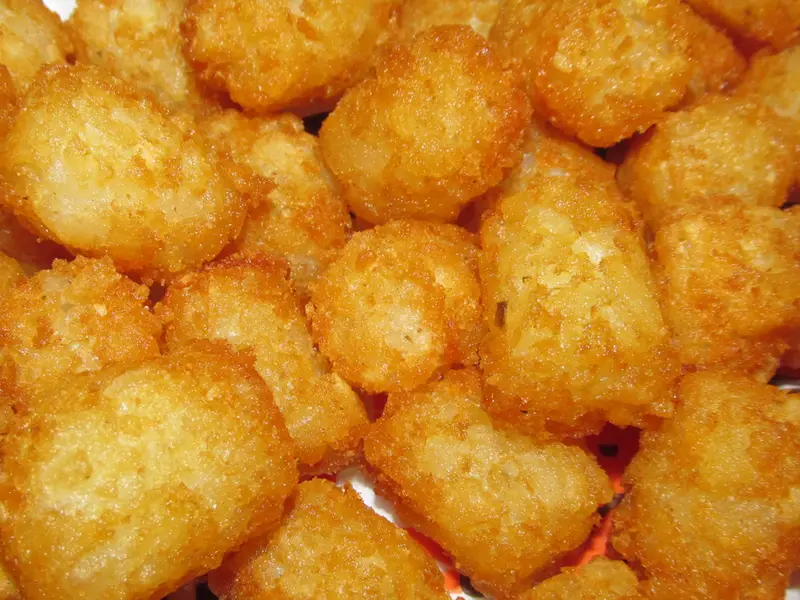
Tater tots were served as a side dish, but let’s be real—they were the main event. Crispy, golden, and full of starchy goodness, these bite-sized potatoes were often deep-fried to perfection. However, they were also soaked in oil and loaded with sodium, making them far from the healthy vegetable side they pretended to be.
Kids loved dunking them in ketchup or piling them onto their plates until there was no room left for anything else. While tater tots might have been fun and filling, they were about as far from a balanced meal as you could get. Still, they hold a nostalgic place in our hearts—and our stomachs.
4. Chocolate Pudding Cups
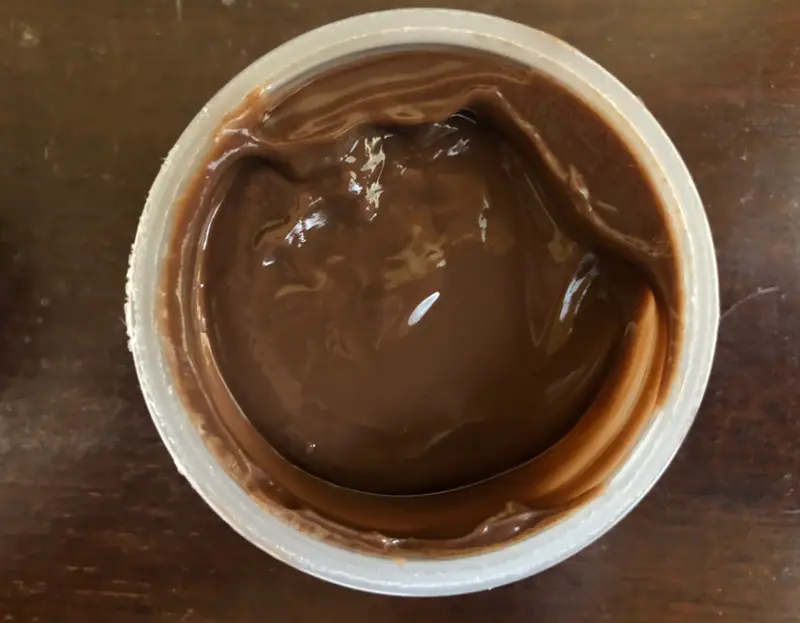
These creamy, chocolaty treats were the ultimate lunchroom dessert. Packaged in little plastic cups, they came with a peel-back lid and a tiny spoon that made eating them a delight. But beneath that sweet exterior was a dessert packed with sugar, artificial flavors, and little else.
Pudding cups were pure indulgence and had zero nutritional value. They were essentially a sugar bomb disguised as a “reward” for eating the rest of your lunch. Yet, they were so beloved that no one questioned their place on the tray, even as they pushed the calorie count of the meal through the roof.
5. Bologna Sandwiches
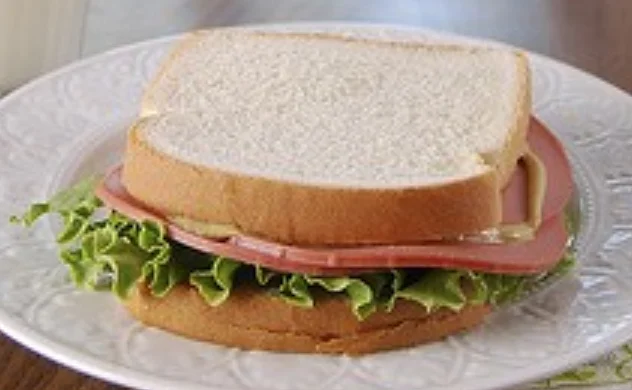
Nothing screamed cafeteria classic like a bologna sandwich. Served on white bread with a smear of mayo, this lunch was a quick and easy way to feed the masses. But bologna itself was a highly processed meat full of sodium, nitrates, and preservatives, while the bread and mayo didn’t add much in the way of nutrition.
Despite its questionable ingredients, the bologna sandwich was a go-to option for kids who craved something simple. It might not have been healthy, but it was cheap, filling, and undeniably nostalgic. Today, it’s hard to imagine this sandwich making the cut in schools focused on fresher, more wholesome meals.
6. Salisbury Steak with Gravy

Salisbury steak was the lunchroom’s attempt at serving something “fancy,” but it was really just a processed meat patty drowning in thick, salty gravy. Served with a side of instant mashed potatoes or white bread, this dish was a cafeteria staple that felt hearty but wasn’t doing us any favors nutritionally.
The steak was often packed with fillers and preservatives, and the gravy was a sodium overload. Despite this, it was a crowd-pleaser, especially when paired with a roll slathered in butter. While it may have filled us up, Salisbury steak was far from a balanced meal—just another example of comfort food with a hidden cost.
7. Cheese-Stuffed Pretzels
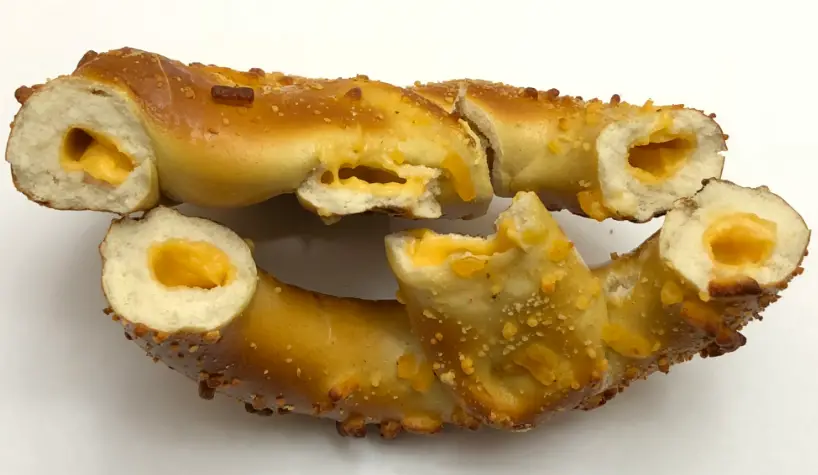
These were soft pretzels with gooey, artificial cheese oozing out of the center. They were warm, melty, and utterly delicious, but they were also a sodium-laden carb fest with little nutritional value.
Kids loved pairing them with a carton of chocolate milk for an extra dose of indulgence. While they were a fun alternative to standard lunches, these pretzels were more of a salty snack than a meal. Still, they hold a special place in our lunchroom memories, even if they were more treat than sustenance.
8. Nachos with Cheese
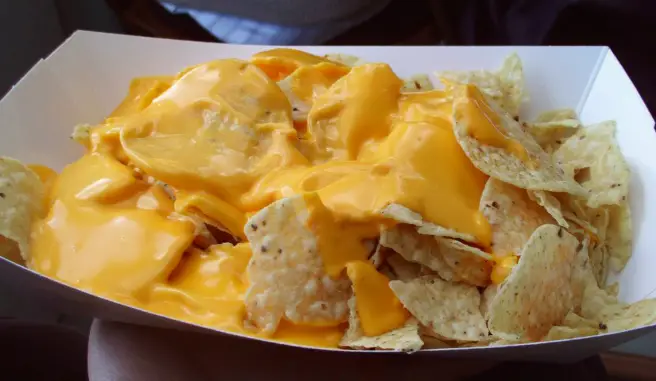
Cafeteria nachos were a simple affair: a pile of round tortilla chips topped with a ladle of bright yellow cheese sauce. Sometimes, there’d be a token side of jalapeños, but vegetables were mostly an afterthought. While they were undeniably tasty, this lunch was more of a snack disguised as a meal.
The cheese sauce was packed with artificial ingredients and sodium, and the chips weren’t exactly brimming with nutrients. But nacho day was always a hit, and kids loved the novelty of a lunch that felt like it belonged at a ballpark. Looking back, though, it’s hard not to wince at how little nutritional value these trays offered.
9. Corn Dogs
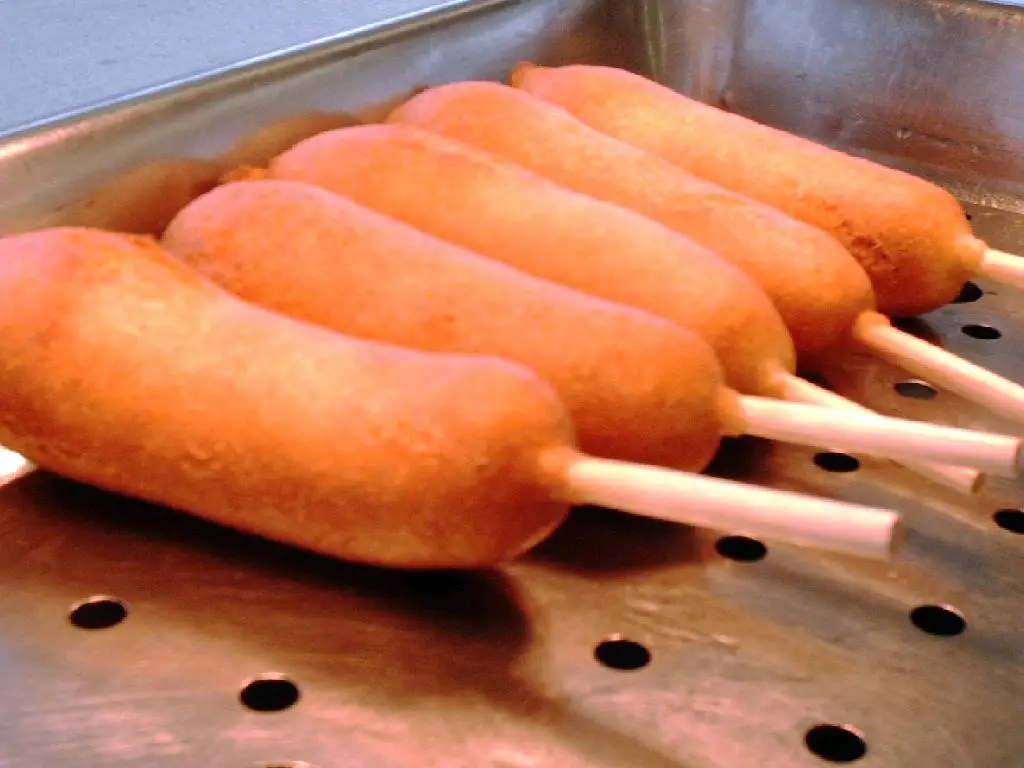
Corn dogs were a beloved lunchroom favorite, with a hot dog on a stick coated in sweet, deep-fried batter. Served with ketchup or mustard for dipping, they were fun to eat but far from healthy. The hot dogs themselves were highly processed, and the batter added extra sugar and fat to the mix.
Corn dogs were essentially fast food served on a tray, and they didn’t offer much in the way of protein or fiber. Still, they were a hit with kids, who loved their carnival-like appeal. While they weren’t the most nutritious option, they remain a nostalgic favorite for anyone who grew up in the era.
10. Peanut Butter and Jelly Sandwiches
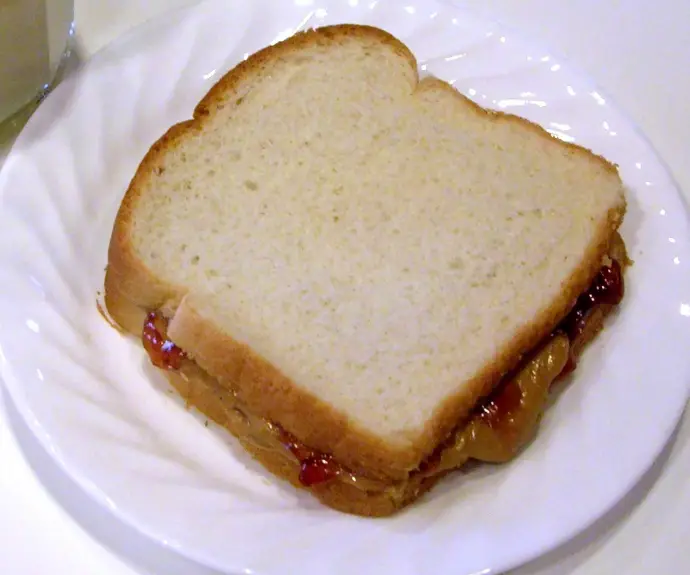
Peanut butter and jelly sandwiches might seem like a healthier option, but the versions served in the ’70s and ’80s were often packed with sugar and processed ingredients. The peanut butter was loaded with added oils and sugars, the jelly was essentially fruit-flavored syrup, and the bread was usually plain white and lacking in nutrients.
Despite this, PB&J was a lunchbox hero for its convenience and kid-friendly taste. It may not have been the healthiest choice, but it was a staple for good reason: it was quick, cheap, and delicious. Looking back, though, it’s clear this classic sandwich was more indulgent than it seemed.
11. Fruit Cocktail Cups
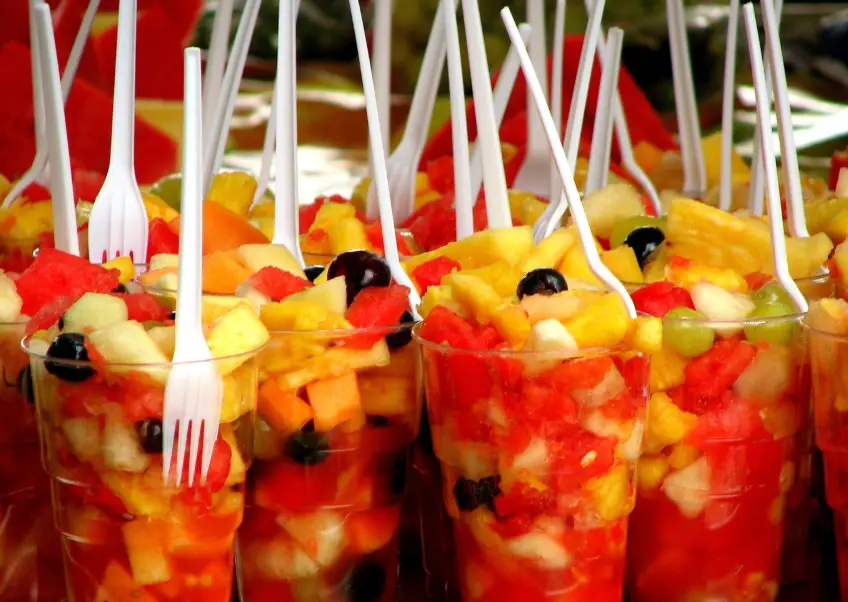
Fruit cocktail cups were a common side dish, but they weren’t as healthy as they appeared. Packed in heavy syrup, these little cups of diced fruit were essentially a sugary dessert pretending to be nutritious. The syrup added extra calories and sugar, negating much of the natural goodness of the fruit.
Kids loved their sweet taste, and the bright, colorful presentation made them a popular choice. However, they were more of a treat than a wholesome serving of fruit. They’re a perfect example of how the cafeteria blurred the lines between healthy and indulgent.
12. Ice Cream Sandwiches

While not technically part of the main meal, ice cream sandwiches were a frequent addition to school lunches in the ’70s and ’80s. These creamy, sugary treats were a surefire way to end lunch on a high note—but they were also packed with sugar, fat, and calories.
The novelty of eating dessert in the middle of the day made these sandwiches a highlight for many kids. But from a nutritional standpoint, they were a disaster, adding an extra layer of indulgence to already questionable lunches. Still, they remain a beloved memory of a time when school meals were more about fun than health.
The school lunches of the ’70s and ’80s might not have been the healthiest, but they were certainly memorable. They reflected a time when convenience and flavor took precedence over nutrition, for better or worse. While today’s lunches might be more balanced, there’s no denying the nostalgic charm of these retro cafeteria classics.


